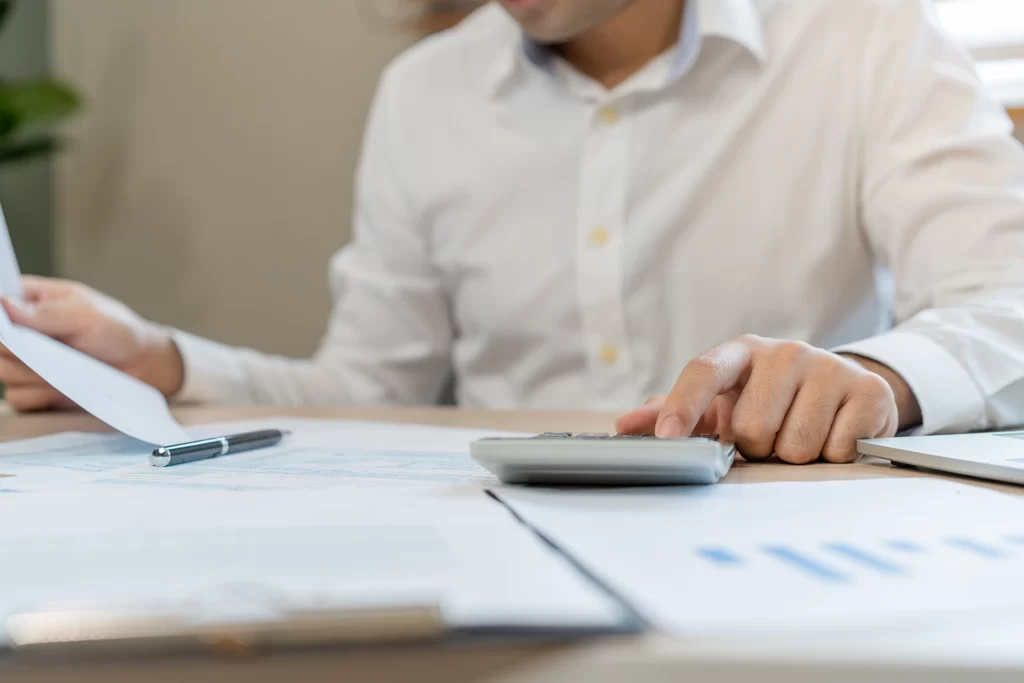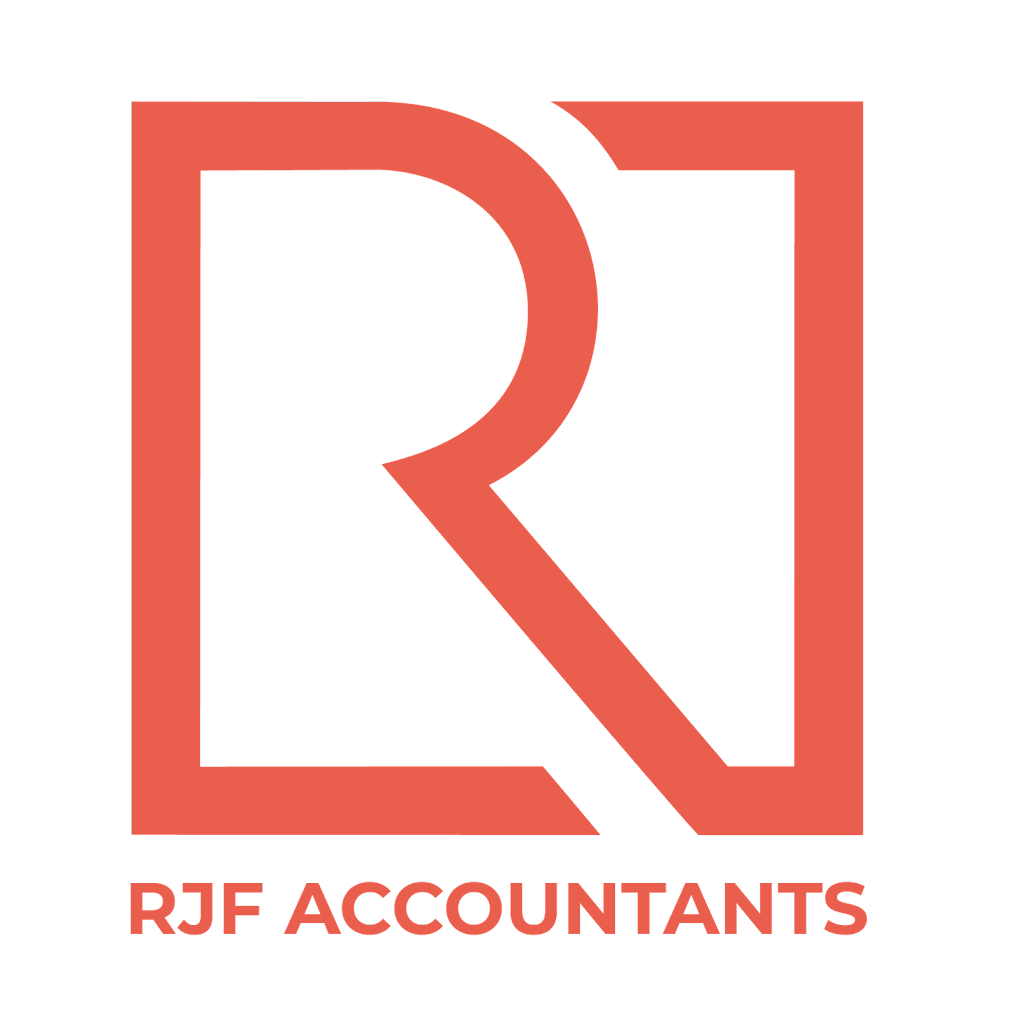VAT can be a confusing topic, not helped by the vast amount of misinformation out there! This is more prevalent for sole traders where a lot of the information out there is confusing or mixed up with limited companies etc. With this blog, we hope to put the record straight and let you know what you need to know about VAT when you are a sole trader.
Blog Contents:
showWhen Do I Have to Register for VAT?
The simple answer is that as soon as you reach the VAT threshold or expect to within the next 30 days of trading. So, for instance, if the current VAT threshold is £85k, your current annual trading turnover is £84k, and you expect to earn £5k in the next 30 days, you should begin the process of VAT registration.
If you own more than one business as a sole trader, it is essential to remember that there is no legal separation between you and the multiple businesses. The VAT threshold applies to the overall earnings, not each business. For example, if you own two separate businesses trading under different names, both turning over more than £45k a year, you must register for VAT – as you as a sole trader are turning over more than the VAT threshold.

How Does VAT Work?
VAT is charged on goods and services sold by your business. They’re known as “taxable supplies”. You must only charge VAT if you are VAT registered. Being VAT registered also enables you to reclaim any VAT you’ve paid on purchases for your business. To simplify it:
- If you’ve charged more VAT than you’ve paid, you will have to pay the difference to HMRC.
- If you’ve paid more than you charged, you can claim this back from HMRC.
Most companies and sole traders will add the VAT to their current prices to not affect their profits on any items/services sold. There are three main VAT rates:
- VAT Standard rate:The standard rate for VAT is 20%, which applies to most goods and services sold. You must charge your customers 20% for goods or services.
- VAT Reduced rate:Some goods, such as children’s car seats or domestic energy, fall into the reduced VAT rate category. You’ll have to charge VAT at a rate of 5%.
- VAT Zero-rate:Some goods have a zero per cent VAT rate on them. This includes most food, books, and clothing for children.
It is essential to charge the correct VAT amount for the sold goods and services. Even if you are on a different VAT scheme, such as the flat rate scheme, the total and correct amount must be charged to the customer.
Summary: Sole Traders & VAT
This guide only gives you a high-level overview of what you should know about VAT and being a sole trader. If you need in-depth advice about VAT, you need to speak to a qualified accountant to ensure that you are 100% in line with everything required. There are many VAT schemes, such as the flat rate schemes, which offer business owners incentives to register for VAT early. In addition to those, thanks to Making Tax Digital, significant changes to how VAT is now handled between you and HMRC, so if you are unsure about any aspect, please speak to an accountant.
Here at RJF Accounting, we can help with your VAT questions and help your business stay compliant with any changes and regulations. As part of our VAT return services, we will:
- Advice and guide you on any VAT matters, from flat rate to oversees to simple queries about invoice standards.
- Register you for VAT.
- Submit your VAT returns for you.
- Reclaim any VAT rebate that you are owed and ensure it’s paid into your bank asap.
We’re here to help you in a simple, friendly, no jargon manner. We work with all shapes and sizes of businesses, from start-ups to decades-old family businesses. From tech to agency, contractor to creative. Make VAT one less thing to worry about, and get in touch today!

